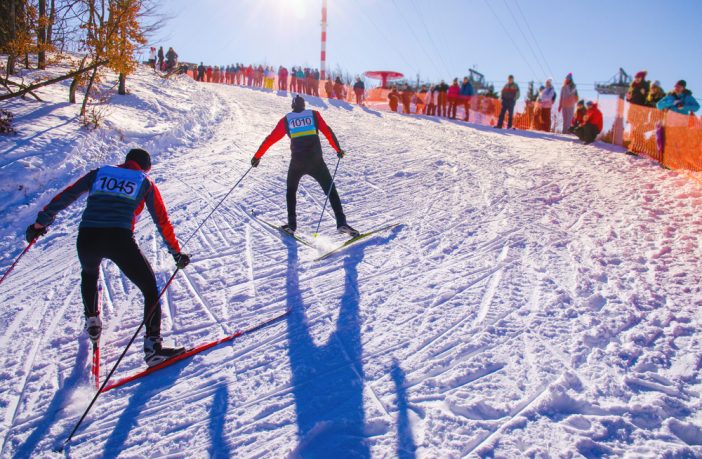The Winter Olympics has given a perfect illustration of how the nature of elite sport requires athletes to push themselves to their limit in high-pressure competitive situations.
The OU’s Candice Lingam-Willgoss, lecturer in sport and fitness notes how the performances in PyeongChang this year reveal typical examples of courage, determination and gold medal winning achievements.
She gives her five elements that all Winter Olympians must possess to take on the challenges of snow and ice:
- Mental toughness – Sports psychologists have identified four components of “mental toughness”: control, commitment, challenge and confidence. They conclude that mentally tough athletes have “a high sense of self-belief and unshakable faith that they can control their own destiny and can remain relatively unaffected by adversity”. In a winter sports context this is of particular importance when the majority carry an inherent level of risk and a high level of physical demand on the body.
- Lack of fear – The Luge has been described as the fastest sport on ice, skiing sees racers get up to speeds close to 100kph, with half pipe riders flinging themselves up to 5 meters into the air. The psychology of overcoming fear is particularly relevant to athletes in high-risk sports on ice and mountaintops. Some view this as an occupational hazard which relies on the right interpretation – half-pipe snowboarder Elena Hight has said dealing with fear is more mental than physical. “Fear is a very interesting thing,” she said. “It can be a very good motivator but can also be an inhibitor. It just depends on how you go about dealing with it, and I think in our sport you have to push yourself to be able to progress, you have to walk that fine line of using it as a motivator and not letting it inhibit you.”

- Ability to cope under pressure – while not unique to Winter sports athletes the Women’s skeleton bob gave the best illustration of an athlete who can cope under pressure. As Lizzy Yarnold took to the ice for her final run, a final the run that would see her defend her Olympic title we saw an athlete who could handle the most extraordinary levels of pressure. Like coping with fear, this ability relates to interpretation Yarnold thrives on this pressure which she perceives as exciting, her nerves are viewed as a positive that shows she is ready and cares about her performance.
- Bouncing back – There is no better example of this than Elise Christie, from her disappointments at Sochi in 2014 to her potentially games ending crash in the 1500m at PyeongChang, no one expected her to take to the start line for the 1000m, but take to the line she did. Sadly her games ended in yellow card, but how did she even make it back? Stewart Laing, the performance director of British speed skating, insisted that this links to her resilient and robust nature. Christie isn’t a quitter and while she wasn’t physically ready to compete again she held a glimmer of hope that meant she had to give it a go.
- Performing in extreme environments – Winter sports already carry with them increased biomechanical demands such as performing twists and turns in the air to landing from jumps and this can make the impact of the cold all the more significant in these shorter events. Joints and limbs don’t operate as effectively in the cold loosing up to 5% of their performance and being stiffer meaning less overall absorption, particularly relevant for short events such as ski jumping. Obviously the right clothing can help but Winter sports athletes also need to understand the impact of the cold on both them and their equipment.
Take a look at courses in sport,and fitness and sport psychology at the OU.



